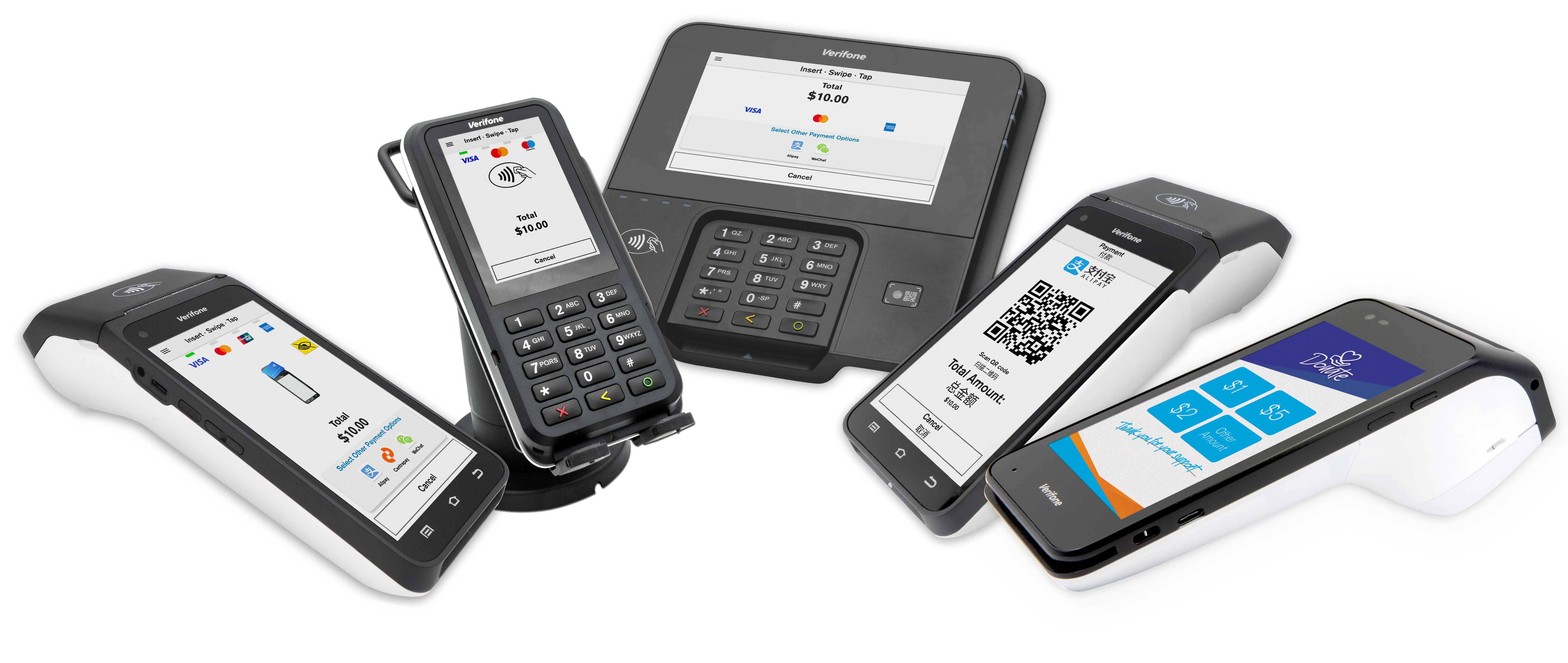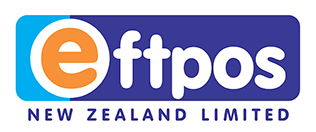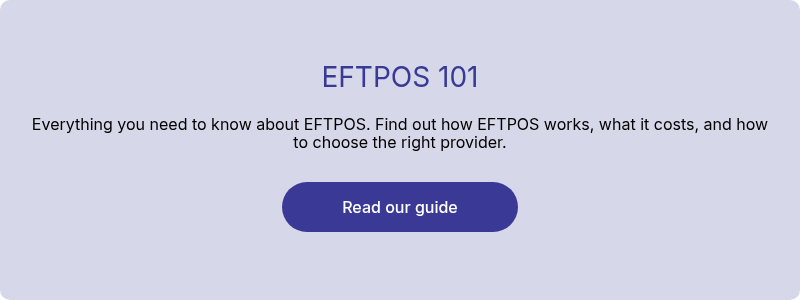Setting up EFTPOS for the first time can feel overwhelming—especially when you're juggling all the moving parts of running a business. What equipment do you need? How much will it cost? And how do you choose the right provider without falling into a long-term contract you’ll regret? This guide breaks it all down. We’ll walk you through what EFTPOS is, how it works, the costs involved, and what to consider before you sign up with a provider. Whether you’re starting or scaling a business — this is your EFTPOS 101.
What is EFTPOS?

EFTPOS stands for "Electronic Funds Transfer at Point of Sale." It’s the system that lets your customers pay you using debit or credit cards in-store, on the go, or even over the phone.
In New Zealand, over 70% of payments are made via card—so offering EFTPOS isn’t just nice to have. It’s essential for most businesses.
EFTPOS payments involve several key players, each with a specific role to play:
-
EFTPOS provider: Supplies the terminal, payment software, and ongoing support
-
Payment network: Connects your terminal to banks and card issuers to facilitate transactions
-
Bank (acquirer): Provides merchant services and settles your transactions
How Does EFTPOS Work?

Here’s what happens when a customer taps or inserts their card:
-
Your customer swipes, inserts, or taps their card or device.
-
The EFTPOS terminal sends an encrypted payment request to the payment network.
-
The network sends the transaction to the customer’s bank for authorisation.
-
The transaction is approved (or declined if funds are unavailable).
-
The money is deposited into your settlement account—usually overnight or within 1–2 business days.
How Much Does EFTPOS Cost?
 The total cost of EFTPOS depends on a few factors:
The total cost of EFTPOS depends on a few factors:
-
Terminal rental: The monthly cost to lease the device varies depending on model and contract length.
-
Payment network fees: A monthly network fee per terminal applies (e.g. Verifone: $15 + GST).
-
Transaction fees: Credit and contactless transactions incur a Merchant Service Fee (MSF) charged by your bank, typically a percentage of each transaction.
Some providers offer free rental periods to get you started. Many businesses also offset MSFs by applying a surcharge to credit or contactless payments.
No hidden fees. No surprises. Check out our transparent pricing breakdown in the guide.
What You’ll Need to Get Started

Here’s what most businesses need to get going with EFTPOS:
-
An EFTPOS terminal (wired, wireless, or Android-based)
-
A payment network connection (e.g. Verifone or Worldline)
-
A merchant account and Terminal/Merchant ID (your bank can help with this)
-
A reliable internet connection (Wi-Fi, 4G, or broadband)
-
Optional: An integrated POS system
Your EFTPOS provider can help guide you through setup and ensure everything is compliant and tailored to your business.
Choosing the Right EFTPOS Provider

Your EFTPOS provider plays a crucial role in how smoothly your payments run. From reliable terminals and responsive support to transparent pricing and integration options, the right provider should match your business needs and help you scale with confidence.
Here are a few key things to consider:
-
Reliability: Your terminal should be reliable, secure, and handle all payment types, including emerging payment methods (e.g. QR-based payments & mobile wallets, cryptocurrencies).
-
Support: Look for 24/7 local support, onsite support availability, fast swap-outs for faulty devices, and redundancy options like backup SIMs.
-
Integration: Choose a provider that works with your existing POS system to reduce double-handling and improve customer experience.
-
Fee transparency: Ask for a full breakdown of all fees, including payment network charges.
-
Flexibility: Consider whether you need a short-term rental or long-term lease—different options suit different business models.
Keep It Simple, Start Smart
Getting started with EFTPOS doesn’t have to be complicated. Whether you’re new to business or switching providers, knowing how EFTPOS works—and what to look for—can help you make the best decision for your business.
Get the full guide to EFTPOS setup, costs, and comparisons—free, no email needed.





Comments